Laboratory of Applied Space Microbiology
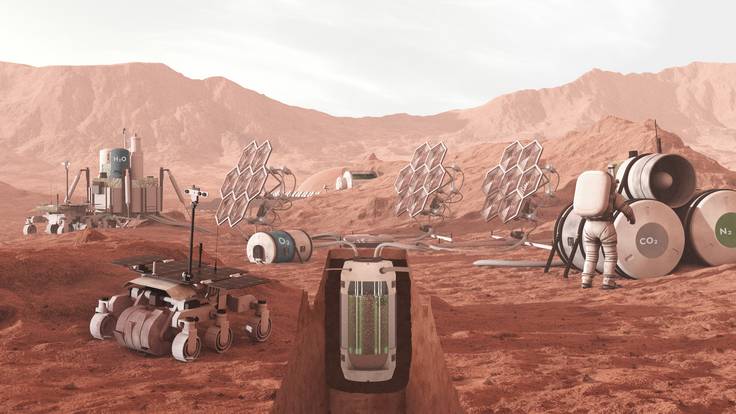
Rendering of a cyanobacterium-based life-support system (CyBLiSS) on Mars. Artwork by Joris Wegner (University of the Arts Bremen).
The LASM was created, primarily, to develop microbe-based technologies in support of future crewed outposts beyond Earth.
Indeed, sending humans to Mars within a few decades is now a realistic goal of leading entities of the space sector, be they public agencies or private companies. While first missions will likely be short-term, a permanently or semi-permanently inhabited outpost, akin to polar stations, would be desirable to perform extensive research activity on site. But while the vision of long-term human presence on Mars is compelling, providing consumables to sustain crews is a challenge. Recycling is part of the solution, but 100% recycling efficiency cannot be reached since losses are unavoidable. There is, however, a promising alternative: in situ resource utilization, or producing resources from local (Martian) materials. Its implementation could rely on biological systems, as we often do on Earth: microorganisms, for instance, could be used to produce drugs, food, oxygen, biomaterials and various industrially useful chemicals, to mine metals and to process waste. However, if biological systems rely exclusively on materials imported from Earth, their running time without re-supply is limited. To be sustainable, such systems should be fed with resources available on Mars.
The key could lie in cyanobacteria. Owing to their photosynthetic abilities, nitrogen-fixing activities and lithotrophic features, some species could be fed with materials available on Mars: atmospheric gases, water mined on site from ground ice and atmospheric vapor, and mineral nutrients from the regolith. They could be used directly for various applications, including the production of food, fuel and oxygen, but also indirectly: products from their culture could support the growth of other organisms, opening the way to a wide range of life-support biological processes based on Martian resources.
The LASM works on gathering the necessary data to provide cost and yield estimates for cyanobacterium-based processes in biological life-support systems. Notably, we aim at determining the optimal atmospheric conditions for cyanobacterium growth: how close can the gas mixture in the culture system be to the Martian atmosphere (to minimize costs and risks) while sustaining productive cultures?
In the middle term, we aim to offer a practical and well-characterized solution to be implemented in future crewed missions away from Earth. While Mars is a primary focus, efforts are being made to make the system adaptable to, for instance, the Moon base foreseen by the European Space Agency.
In the Laboratory for Applied Space Microbiology at ZARM, research is being conducted into which atmospheric conditions optimally promote the growth of these microorganisms on Mars. For this purpose, a vacuum photobioreactor has been developed here, with which microorganisms can be cultivated and propagated in a nonnatural environment.
Blue-green multi-talents
How icould bacteria help astronauts survive? And how can we use them for long-term space mission?


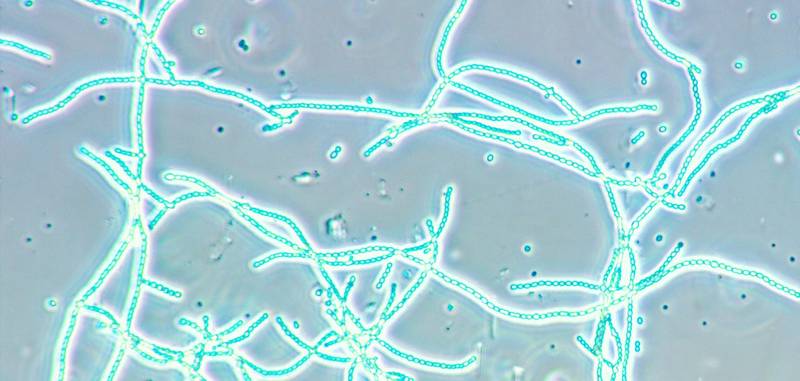
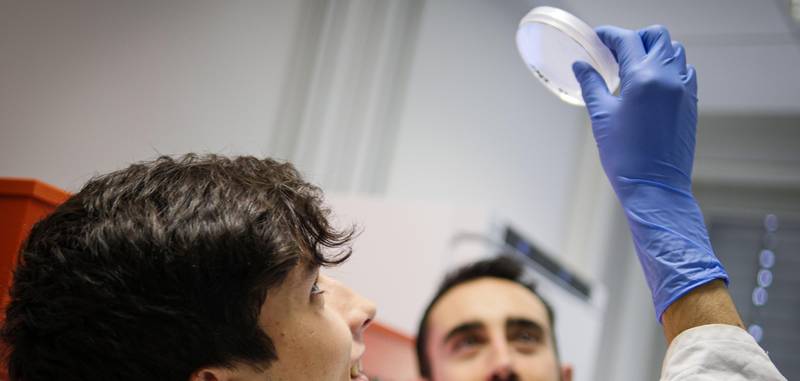
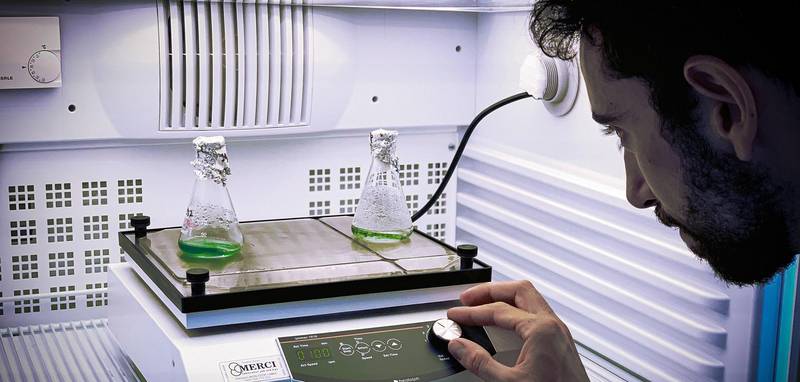
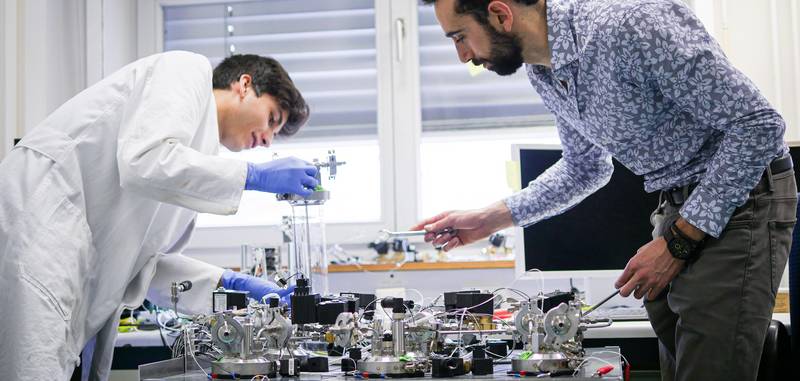
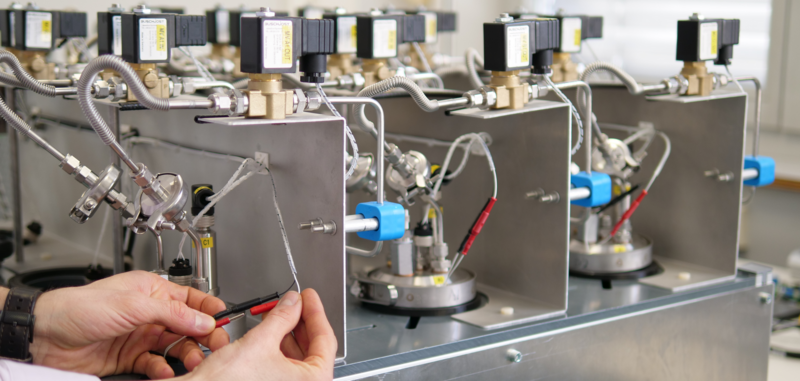
 "
"